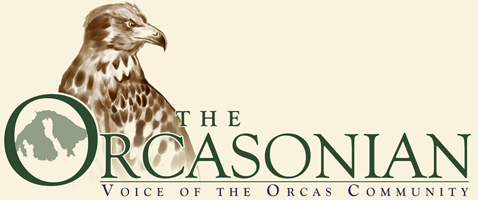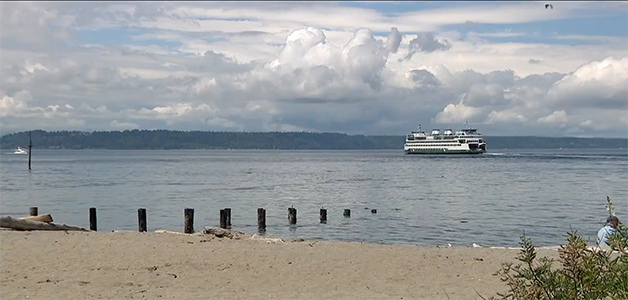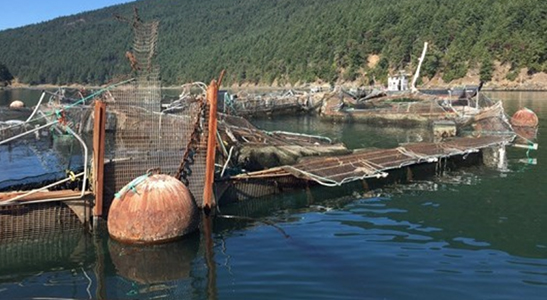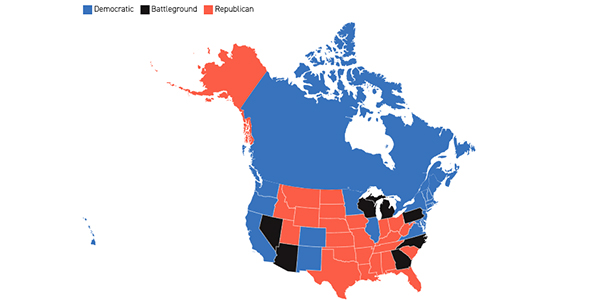— from Emily Stolarcyk, Eyak Preservation Council —
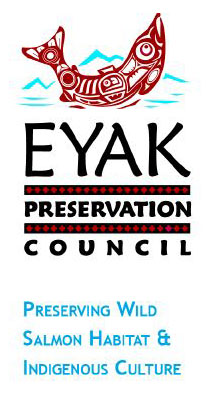 On Saturday, May 16th at 2:30 pm Alaska Time, commercial fishermen will use their boats to surround the Cordova fuel dock in a peaceful protest to raise Alaskan and National awareness and speak out against the Navy’s upcoming “war games” in the Gulf of Alaska (GOA).
On Saturday, May 16th at 2:30 pm Alaska Time, commercial fishermen will use their boats to surround the Cordova fuel dock in a peaceful protest to raise Alaskan and National awareness and speak out against the Navy’s upcoming “war games” in the Gulf of Alaska (GOA).
Starting June 15th, the US Navy is going to conduct military training activities in the Gulf of Alaska to “achieve and maintain readiness.” (Source www.goaeis.com).[Editor’s Note: Promotional video is available HERE.) Live ordnance (bombs, missiles, torpedoes etc.) and sonar will be deployed in what the Navy calls ‘realistic’ war games. The sonar, the initial explosions and the toxic debris left afterward will harm wild Alaskan salmon and other marine life. The Navy will leave up to 352,000 pounds of garbage in the pristine waters of the GOA annually.
Over 10,500 pounds of the garbage will be hazardous materials – including lead, cyanide and mercury. “The harm & long lasting detrimental effects to millions of salmon and marine species by the US Navy exploding bombs, shooting missiles & deploying sonar buoys in the Gulf of Alaska is not worth whatever ultimate goal the Navy is striving for. Our oceans cannot be healthy if we keep dumping toxic chemicals into them. Tell the US Navy they are not welcome in the Gulf of Alaska.” – James Mykland, Area E Commercial Fisherman
The GOA includes vital habitat that supports some of the most sustainable and economically valuable fisheries in the USA. Commercial fishing is the largest private sector employer in Alaska, providing some 80,000 jobs. These exercises are planned during the most prolific breeding and migratory periods of the marine supported life in the region (salmon, whales, birds and more). The GOA is home to Alaska’s most diverse population of Indigenous Peoples who rely on its bounties for sustenance, commercial and traditional hunting and gathering activities.
The areas to be bombed are State Marine Protected areas, NOAA Fisheries Protected areas and include Essential Fish Habitat. Immediate harm to marine life includes death from direct explosions, use of sonar (disorients, kills, and causes beaching of marine animals), and the physical destruction of essential habitat areas.
The Navy acknowledges the harm and deaths the exercises pose to marine mammals and refers to the thousands of “takes” that are anticipated when these exercises are carried out. When it comes to fish, including salmon, it is clear from the Navy’s Environmental Impact Statement (EIS) that “the extent of the damage and risk are largely unknown.”
“Our fisheries and lives haven’t yet fully recovered from the 1989 Exxon Valdez spill; now our already impacted oceans and fishing livelihoods are being attacked and grossly mistreated by our own country? Enough is enough!” says Cordova subsistence and commercial fisherman and Alaskan Eyak Native Dune Lankard.
The aftermath of the Navy’s planned 2015 Alaskan “war games” would leave behind toxic-debris causing damage to marine mammals, sea birds, fish, and their habitats. It should be noted that the Navy has no plan to mitigate these negative affects where fish are concerned, as they have concluded “no significant impacts” from these trainings. The National Marine Fisheries Service disagreed with the Navy’s findings but has no authority over the Navy. Although military training exercises have been conducted in the GOA intermittently for the last 30 years, those proposed in the current EIS are a massive increase from any conducted before (e.g. a 360% increase in munitions and an 6,500% increase in sounoboys).
For further information, contact Emily Stolarcyk, (907) 429-5890 cell, (907) 424-5890 office, or emily@redzone.org.
**If you are reading theOrcasonian for free, thank your fellow islanders. If you would like to support theOrcasonian CLICK HERE to set your modestly-priced, voluntary subscription. Otherwise, no worries; we’re happy to share with you.**
